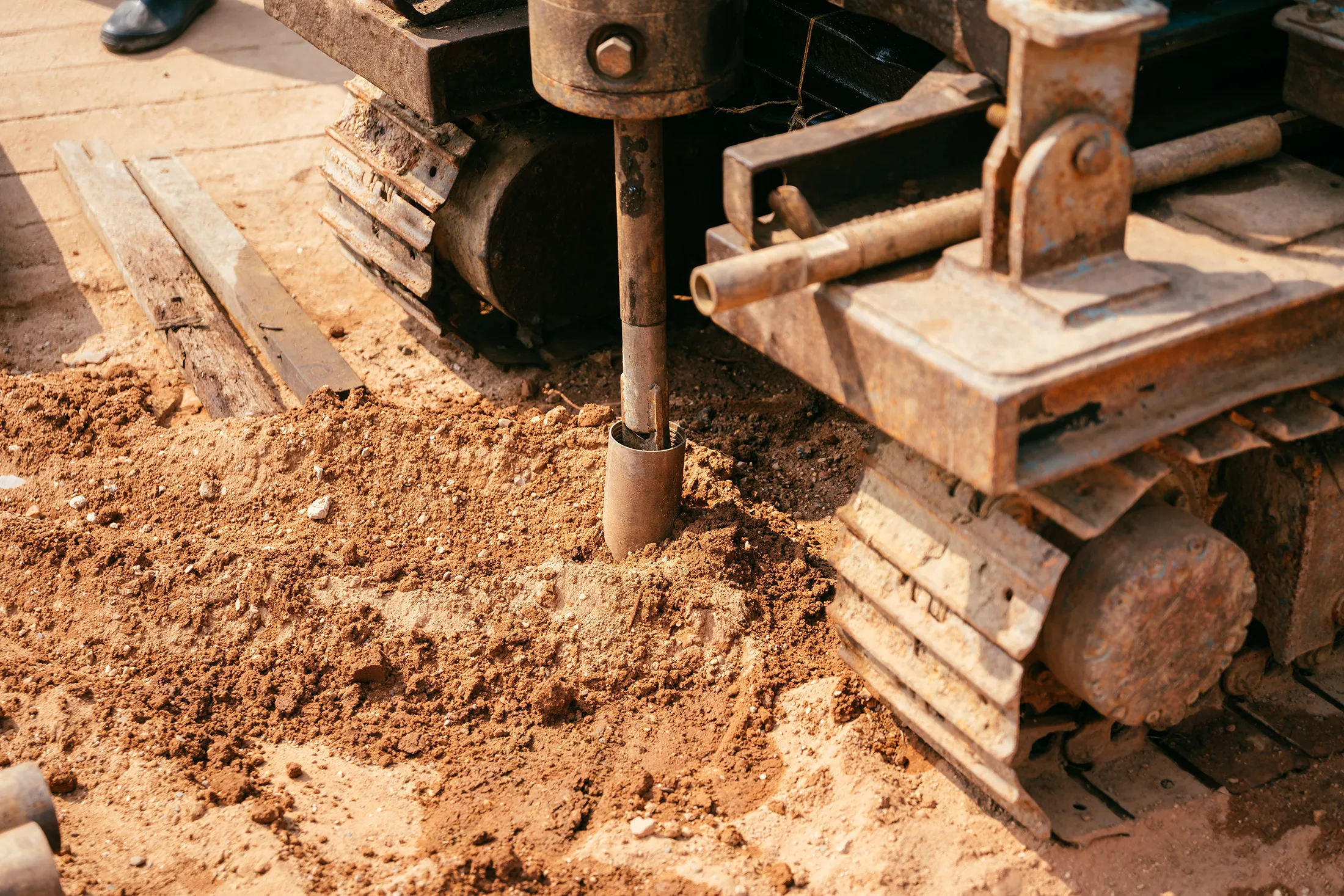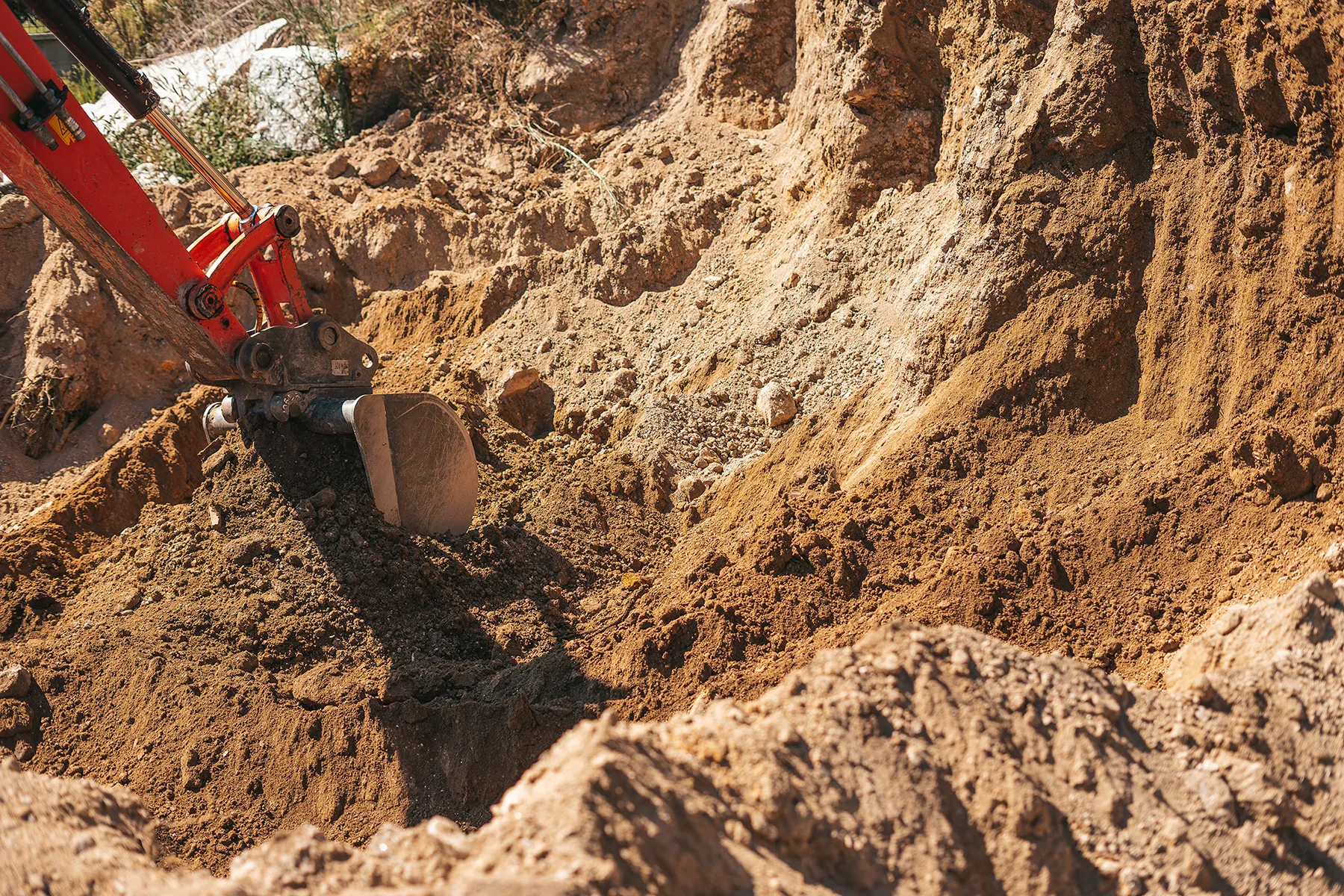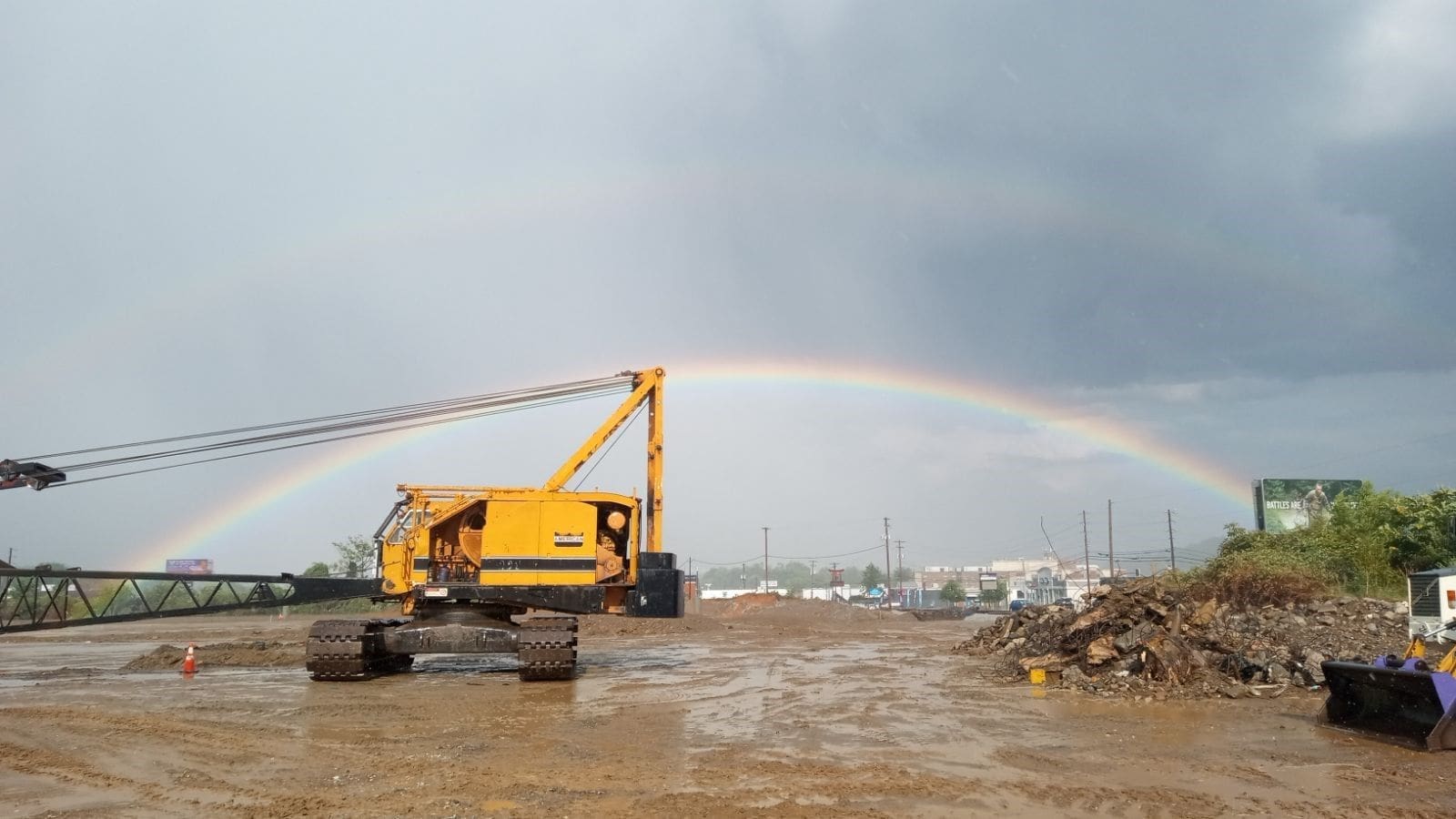
How to Minimize Vibration Impact During Ground Improvement Near Structures
Introduction
When performing ground improvement near existing buildings or infrastructure, controlling vibration is critical to protect surrounding structures and maintain safety. Dynamic compaction and other soil densification techniques can produce significant ground vibrations, which, if unmanaged, may cause settlement, cracking, or damage to nearby assets. The good news is that with careful planning, monitoring, and execution, it is possible to improve the soil without compromising structural integrity.
In this blog, we will explore the strategies and tools used to minimize vibration impacts, the role of vibration monitoring, and how post-improvement testing ensures that foundation performance goals are met without negative side effects.
Understanding How Vibrations Affect Surrounding Structures
The first step in vibration control is understanding how energy from dynamic compaction or other ground improvement methods travels through different soil types.
- Soil composition matters: Clay, sand, and mixed soils transmit vibrations differently, requiring customized solutions.
- Structure sensitivity: Older or historic buildings may be more vulnerable to even low levels of vibration.
- Proximity to work area: The closer the structure is to the improvement zone, the more critical vibration management becomes.
By conducting a pre-project site assessment, engineers can anticipate potential issues and design mitigation strategies tailored to site-specific conditions.
Implementing Real-Time Vibration Monitoring
Vibration monitoring is essential for tracking ground movement during construction. Using seismographs and accelerometers, crews can measure vibration levels in real time.
- Set allowable vibration thresholds based on industry standards and structural tolerance.
- Place monitoring devices between the work area and the nearest structures.
- Adjust compaction energy and sequence if readings approach limits.
Continuous monitoring not only protects structures but also provides documented proof that the project complies with safety standards.
Adjusting Compaction Methods for Sensitive Sites
When working near sensitive or valuable structures, engineers can modify compaction methods to reduce vibration levels while still achieving target soil densification.
- Reduce the drop height and weight of compaction equipment.
- Use more passes with lower energy per pass rather than fewer high-energy drops.
- Consider alternative techniques like rapid impact compaction or vibro-compaction if appropriate for the soil type.
These adjustments maintain ground improvement quality while lowering the risk of structural disturbance.
Coordinating with Stakeholders and Inspectors
Open communication between engineers, contractors, property owners, and regulatory agencies is key to vibration control.
- Share vibration monitoring plans before work begins.
- Provide regular updates with monitoring results.
- Coordinate work schedules to minimize disruption to occupants.
This collaborative approach helps build trust and ensures that all parties understand and support the mitigation plan.
Verifying Results with Post-Improvement Testing
After ground improvement is complete, post-improvement testing confirms that the soil meets project specifications without causing unintended harm.
- Perform load tests to check foundation performance.
- Reassess nearby structures to ensure no settlement or cracking has occurred.
- Compare pre- and post-construction survey data to verify stability.
This final step ensures that both the soil and the surrounding infrastructure are performing as intended.
Evaluating Structural Tolerance Before Ground Improvement
Before starting dynamic compaction, engineers must determine how much vibration nearby structures can safely handle. This step involves reviewing structural drawings, assessing material conditions, and identifying the type and depth of existing foundations. Understanding these tolerances helps set safe vibration thresholds and ensures that ground improvement activities do not compromise building stability.
Using Real-Time Vibration Monitoring for Safer Operations
Continuous vibration monitoring during dynamic compaction provides immediate data on ground movement and energy transfer. This real-time feedback allows crews to adjust drop height, weight, or compaction patterns to stay within safe vibration limits. By actively tracking and responding to this data, project teams can reduce risks to nearby structures while still achieving effective soil densification.
Post-Improvement Testing for Performance Verification
Once compaction is complete, post-improvement testing verifies that soil densification meets design goals. This can include settlement monitoring, in-situ density testing, and correlating results with foundation performance requirements. Post-improvement testing ensures the ground is stable, supports the intended load, and aligns with project specifications for long-term foundation performance.
Adjusting Compaction Patterns to Protect Nearby Structures
Selecting the right drop pattern is critical when performing dynamic compaction near existing buildings or infrastructure. By adjusting the sequence, spacing, and number of drops, crews can control the distribution of energy through the soil. This strategic approach minimizes vibration transmission while still achieving effective ground improvement, making it a key technique for protecting adjacent structures during soil densification projects.
Conclusion: Building Success with Controlled Vibrations
Minimizing vibration impact during ground improvement near structures is critical to protecting surrounding assets while achieving the desired soil densification. By understanding how vibrations travel through different soils, implementing real-time vibration monitoring, adjusting dynamic compaction methods, and coordinating with stakeholders, you can maintain foundation performance without compromising project timelines or safety.
The key takeaway is that vibration control is not just a precaution. It is a vital part of successful ground improvement projects, especially when working near sensitive structures. With the right planning, tools, and expertise, it is possible to improve the ground while keeping neighboring structures safe and operational.
Contact Densification today to discuss your site’s unique challenges and learn how our tailored dynamic compaction solutions can help you achieve strong, stable foundations with minimal impact. Let’s build on solid ground together.











